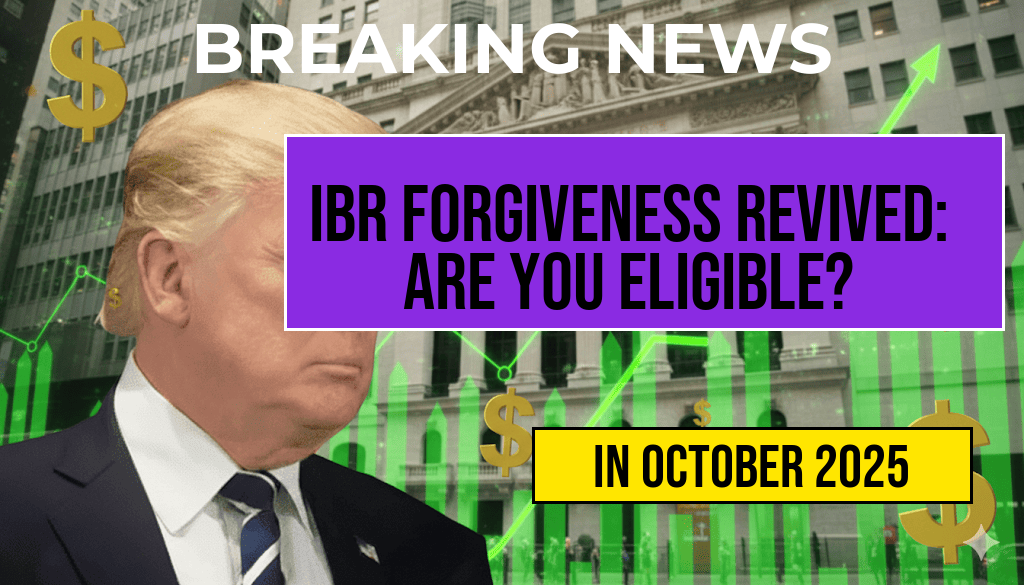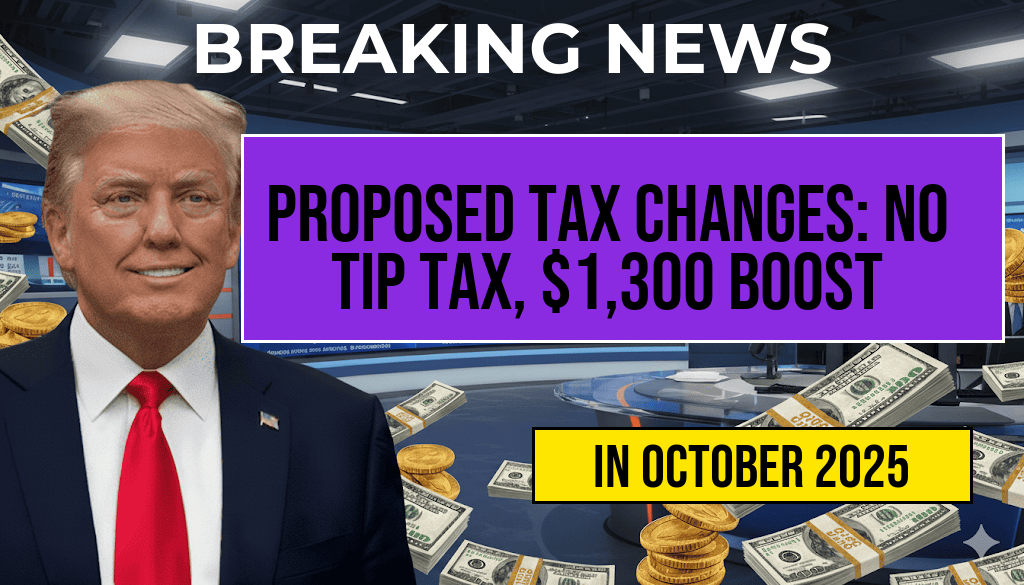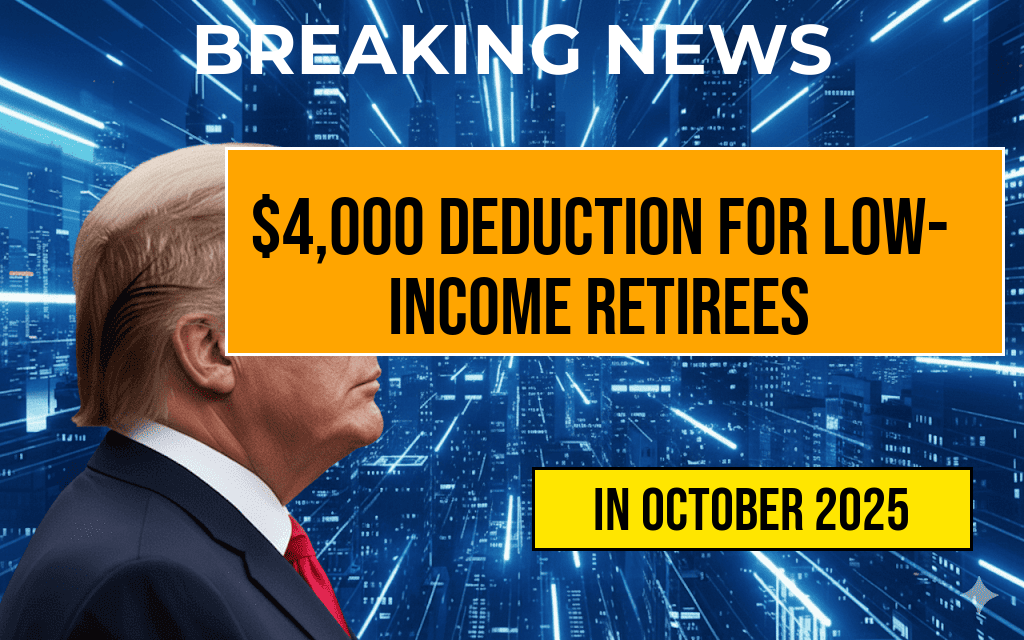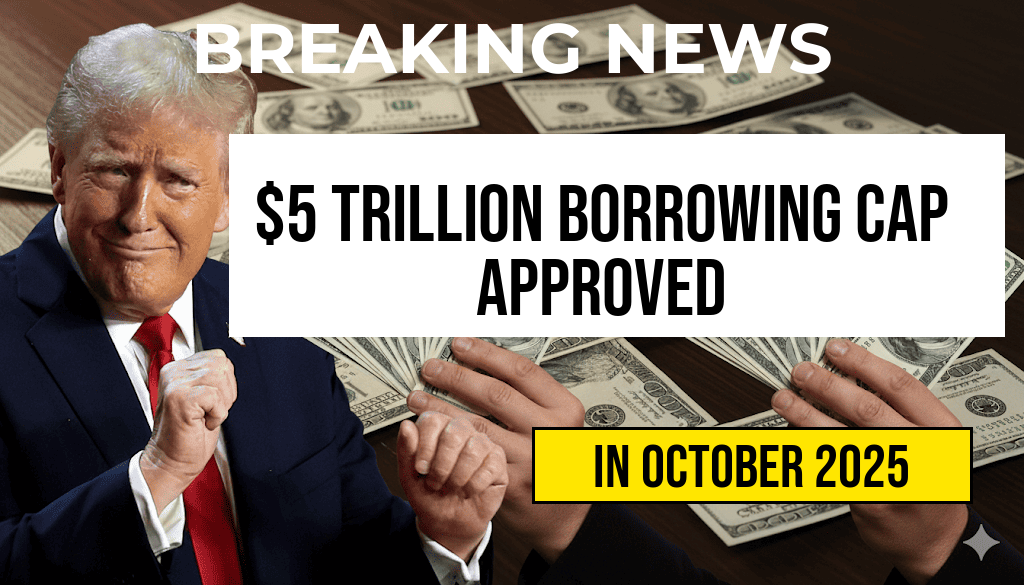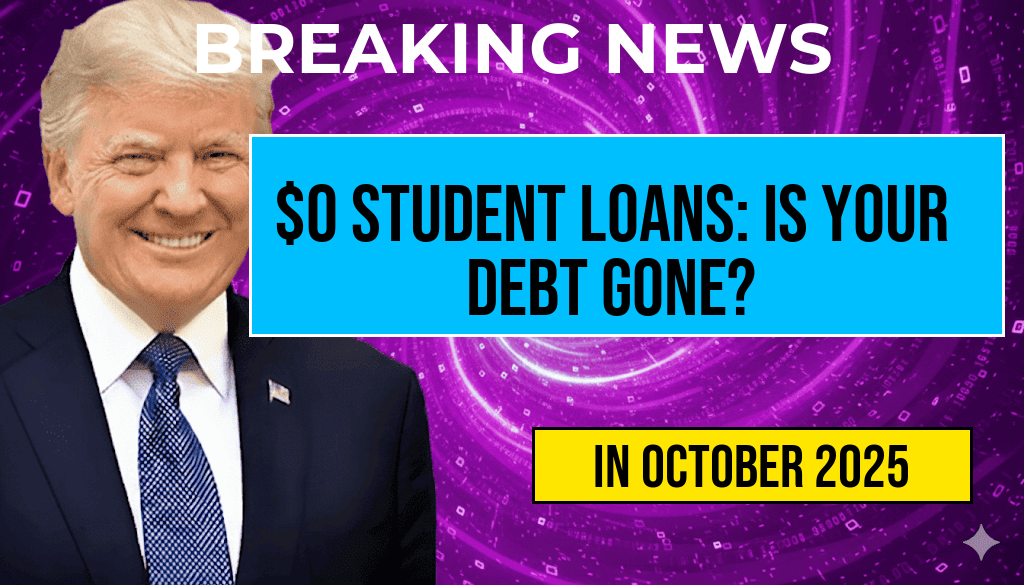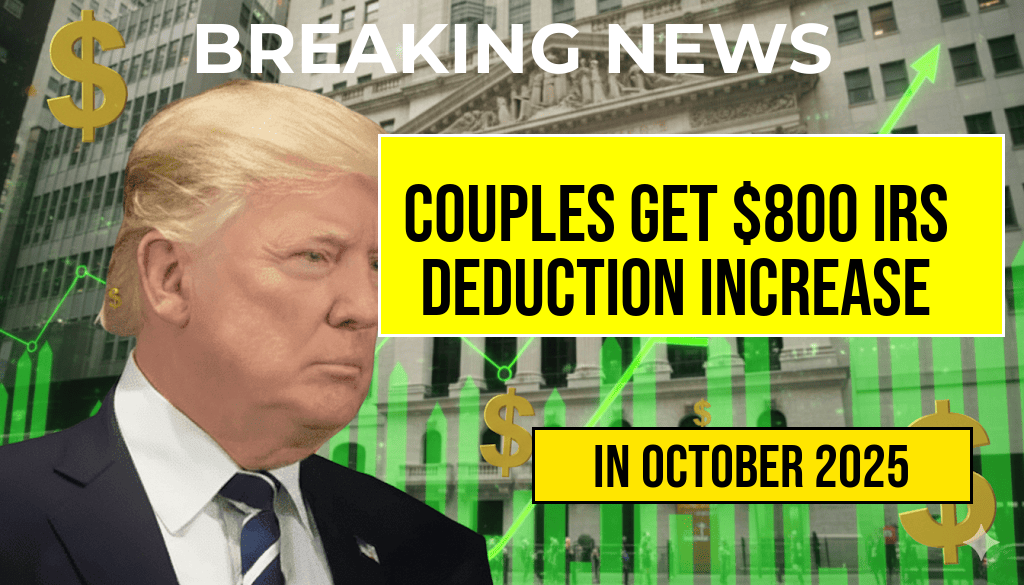The recent revival of Income-Driven Repayment (IDR) forgiveness has sparked renewed interest among borrowers, particularly those who have diligently made payments for years. New emails from the U.S. Department of Education indicate that many long-term payers may qualify for substantial debt relief, with some individuals potentially seeing their loan balances reduced to zero. This development raises critical questions for borrowers: Are you one of the eligible individuals who could receive between $10,000 and $50,000 in relief? This article explores the details of the program and how borrowers can determine their eligibility.
Understanding IBR Forgiveness
Income-Driven Repayment plans allow borrowers to pay a portion of their income towards their student loans, with the remaining balance forgiven after a specified number of years. The recent communications from the Department of Education have clarified that many borrowers who have consistently made payments may have their debts discharged entirely. This news comes as part of the Biden administration’s ongoing efforts to alleviate the burdens of student debt in light of the economic challenges posed by the COVID-19 pandemic.
Who is Eligible for Forgiveness?
Eligibility for the IBR forgiveness program primarily hinges on the borrower’s payment history and income levels. Here are the key criteria:
- Payment History: Borrowers who have made consistent payments for the required duration under an income-driven repayment plan may qualify.
- Income Levels: Those whose income has remained below a certain threshold may be eligible for the full forgiveness amount.
- Loan Type: Only federal student loans qualify for this program, and private loans are not eligible.
- Application Process: Eligible borrowers must submit the necessary documentation to the Department of Education to initiate the forgiveness process.
Potential Financial Impact
The financial implications for borrowers are significant. Depending on their individual circumstances, the forgiveness could range from $10,000 to $50,000. For many, this represents a life-changing opportunity to alleviate financial stress and redirect funds towards other essential expenses, such as housing or retirement savings. The table below illustrates the potential savings based on different loan balances and payment histories.
| Years of Payments | Loan Balance | Forgiveness Amount |
|---|---|---|
| 10 Years | $50,000 | $10,000 |
| 20 Years | $100,000 | $25,000 |
| 25 Years | $200,000 | $50,000 |
Next Steps for Borrowers
For borrowers interested in pursuing this potential relief, the first step is to verify their payment history and current loan status. The Department of Education provides resources to help borrowers assess their eligibility. Here’s how to proceed:
- Review Your Loan Information: Access your loan details through the Federal Student Aid website at studentaid.gov.
- Contact Your Loan Servicer: Reach out to your loan servicer for clarification on your payment history and eligibility for forgiveness.
- Submit Necessary Documentation: Prepare and submit any required forms to the Department of Education to start the forgiveness process.
The Bigger Picture
This revival of IBR forgiveness is part of a broader trend aimed at reforming student loan policies. As discussions continue about the future of student debt in the United States, this program underscores the importance of advocating for fair and accessible repayment options. Borrowers are encouraged to stay informed and proactive in managing their student loans.
For additional information, you can visit the official Department of Education site on student loans at ed.gov or explore comprehensive articles on student loan forgiveness at Forbes.
Frequently Asked Questions
What is IBR Forgiveness and how does it work?
IBR Forgiveness, or Income-Based Repayment Forgiveness, is a federal program that allows borrowers to have their student loans forgiven after making qualifying payments for a certain number of years. Typically, after 20 to 25 years of consistent payments, borrowers may be eligible for loan forgiveness on their remaining balance, which can provide significant financial relief.
Who is eligible for the $10k to $50k relief?
Eligibility for the $10k to $50k relief primarily depends on your payment history under the IBR program and whether you have maintained a zero balance after a certain period. Long-term payers who have consistently made eligible payments are more likely to qualify for this relief.
How can I find out if I’m a long-term payer?
You can determine if you are a long-term payer by reviewing your student loan payment history. Check your loan servicer’s website or contact them directly to obtain your payment records and confirm whether you have made the required number of payments under the IBR program.
What should I do if I believe I qualify for forgiveness?
If you believe you qualify for forgiveness, the first step is to contact your loan servicer to confirm your eligibility. They can provide you with the necessary documentation and guide you through the application process for any potential relief you may be entitled to.
Are there any changes to the IBR program that I should be aware of?
Yes, recent communications indicate that there have been updates to the IBR program that may affect eligibility and payment calculations. It’s important to stay informed about any changes by regularly checking the official federal student aid website or consulting with your loan servicer for the latest updates.

